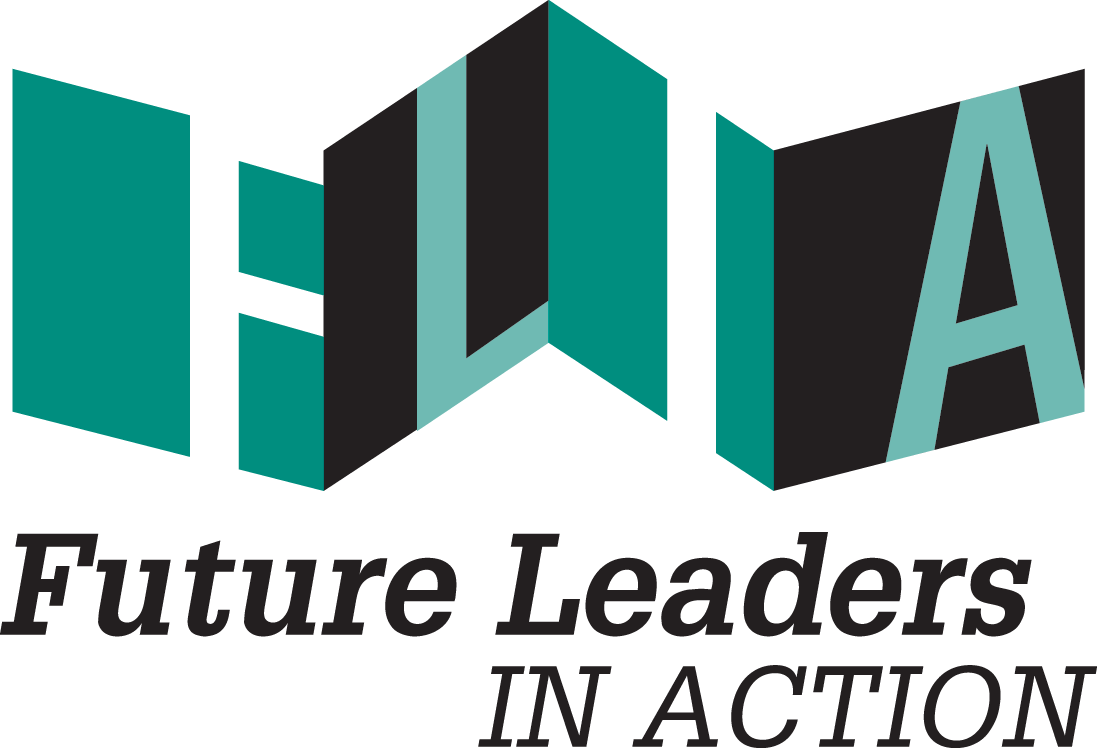As people are becoming increasingly aware human trafficking numbers are rising. In 2017 alone, there were 10,615 victims of human trafficking in the United States. Though it is a staggering statistic, we can take preventive measures to ensure the safety of those who may be targeted.
Homeland Security defines human trafficking as “modern-day slavery” that “involves the use of force, fraud, or coercion to obtain some type of labor or commercial sex act.” Sadly, it happens everywhere, in every state, every day.
Most human trafficking activity takes place in hotels, accounting for roughly 75% of the crimes. Because of this, hotels are training staff on how to recognize the signs of human trafficking and how to report it. People carrying out the trafficking may be reluctant to provide personal information, have victims wait outside with someone else, and/or avoid the front desk or public areas of the hotel.
Hotels are not the only place human trafficking occurs, and despite what may seem a popular belief, not all traffickers are men. In fact, men account for 52% of “recruiters,” women make up 42%, and the remaining 6% is men and women in cooperative efforts.
Human trafficking can happen anywhere, so it’s important for people to be aware of the issue and knowledgeable on what signs to look for. Here are a few examples of red flags a potential or current victim may display:
Active avoidance of eye contact, fearful or nervous behavior
Active avoidance of security personnel, law enforcement, security cameras
Signs of physical or sexual abuse such as bruises or injuries
Lack of verbal response, someone else speaks “for” them
Confusion or disorientation, unsure of where he/she is
These and other signs can be found on the National Human Trafficking Hotline website.
If you see suspicious behavior and believe it could be linked to human trafficking, please report it to the National Human Trafficking Hotline at 1-888-373-7888. “Do not attempt to confront a suspected trafficker directly or alert a victim to any suspicions” and leave it “to law enforcement to investigate suspected cases of human trafficking.”
All of this only skims the surface of human trafficking. There is so much to learn about why it happens, how it can be prevented, and what we can do for the victims and survivors.
This fall I’m working on developing YSS University, a training platform. This will help staff within YSS meet training requirements and provide them with more information they can use to serve the community even better. Staff won’t be the only ones to benefit, as anyone else looking for information will have access to the trainings. These trainings will cover topics YSS already stays up-to-date with that the people we serve face. This way we can provide information for those inside and outside the organization looking to tackle the same issues. It will be the perfect tool for putting together a training session on a relevant topic, sharing it on the platform, and informing staff and the community that the training is there. We can keep the community and our staff even more involved with both the big picture of our organization and new issues that arise and need our attention.



